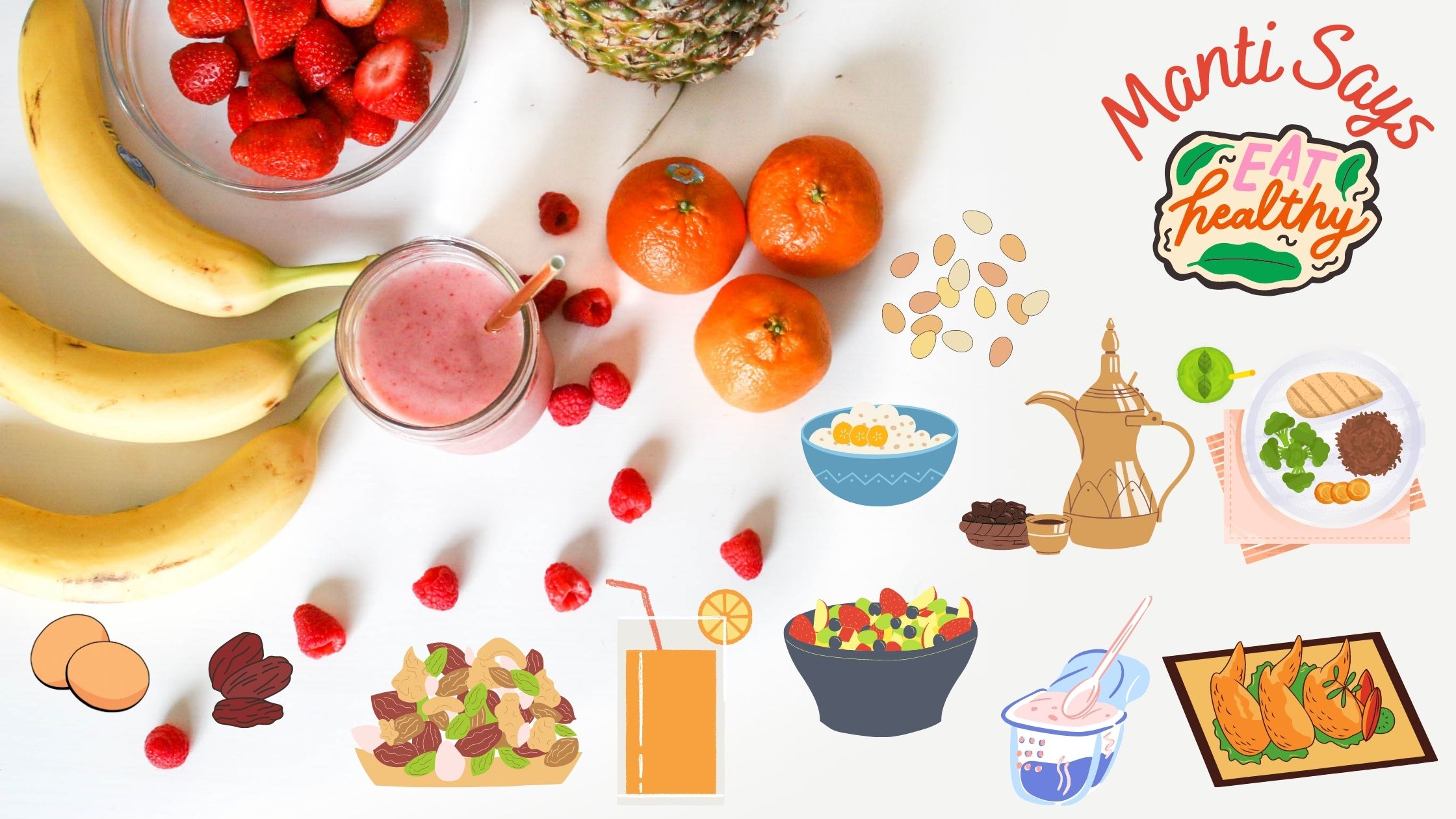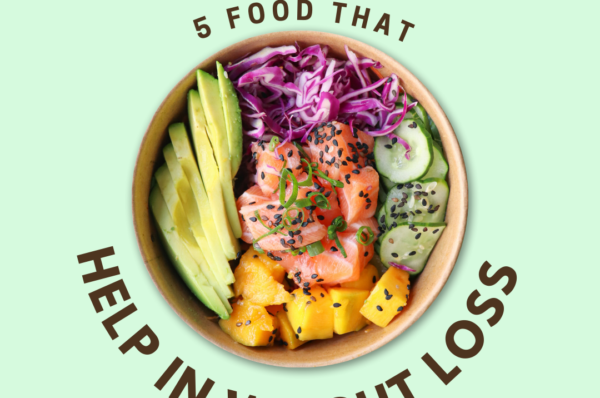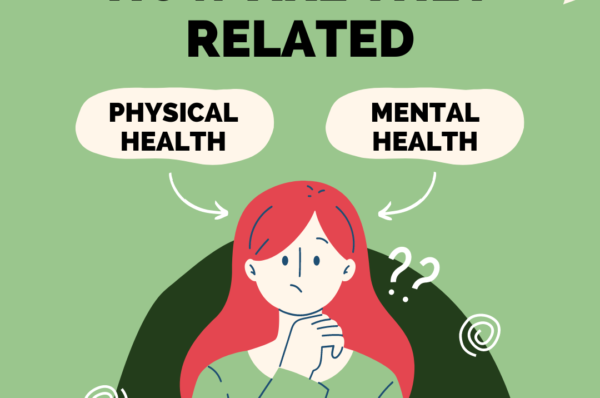Hello everyone!
It’s been a while since I reached out through my blog but with the onset of Ramadan, I felt I must share some important tips on what to eat and what to avoid. For those of you who are fasting in Ramadan, please don’t be coerced by traditional and go with what your gut says (literally speaking).
In most parts of Asia, fried foods are a popular choice for breaking the fast, but they are not the healthiest option. In this blog post, we will discuss why traditional fried foods in Pakistan are unhealthy for breaking open your fast in Ramadan.
While it mainly addresses traditional food items on an iftar table during the holy month, the same rules apply for those of you who practice intermittent fasting as well.
Why Are Traditional Iftar Menu Items Not Good For You?
If you feel lethargic after breaking open your fast, you know that all those samosas, pakoras, dahi phulki and the traditional Rooh Afza (or any other artificially sweetened drink) are not good for you. Here are some reasons why:
High in Calories
Fried foods that are the top menu item on Asia tables in Ramadan are high in calories and can lead to weight gain if consumed in excess. This is because they are typically deep-fried in oil, which adds a significant amount of calories to the food. Consuming too many calories will not only make you feel at a loss of energy and increase your weight but can also increase the risk of developing chronic diseases such as diabetes and heart disease.
High in Fat
Fried foods are also high in fat, particularly unhealthy saturated and trans fats. Consuming too much of these types of fats can increase cholesterol levels and the risk of heart disease. This is especially concerning for those who already have a family history of heart disease.
Low in Nutrients
Fried foods are typically low in nutrients such as vitamins and minerals. This is because the frying process destroys many of the nutrients in the food. In the short term, you will just feel heavy after your iftar and find it difficult to manage basic chores or even keep up with an exercise routine. In the long term, eating a diet that is low in nutrients can lead to deficiencies and can impact overall health.
Increased Risk of Digestive Issues
Consuming fried foods can increase the risk of digestive issues such as heartburn, indigestion, and stomach pain. This is because fried foods are often high in fat, which can slow down the digestive process and cause discomfort. Since you’re already fasting, your eating schedule is disrupted until your body adjusts to fasting. Eating the wrong type of foods will just add to digestive problems.
Increased Risk of Acne
Consuming fried foods can also increase the risk of acne. This is because fried foods can cause an increase in sebum production, which can clog pores and lead to breakouts. And this is definitely something you don’t want!
What Are Some Healthy Food Options For Iftar?
Now that we’ve covered the “what not to eat” and “why not to eat” parts, let’s talk about “what to eat” to break open your fast so that you stay healthy and active. Believe me, your body will thank you for eating these, if it could:
Dates
Dates are a traditional food to break the fast in Ramadan, and for good reason. They are high in natural sugars, fiber, and potassium, making them a great source of quick energy after a long day of fasting. They are also rich in antioxidants, which can help protect the body from damage caused by free radicals.
Water
Drinking water is essential to stay hydrated after a long day of fasting. It is important to drink enough water to replenish the body and prevent dehydration. Drinking water can also help flush out toxins from the body and aid in digestion. Yes, plain water and no sugary syrups added!
Soup
Soup is a great option to break the fast because it is easy on the stomach and can provide a variety of nutrients. Choose a soup that is low in sodium and high in vegetables or lean protein. Vegetable soups are particularly good because they are rich in vitamins and minerals, and can help boost the immune system.
Fresh Fruits and Vegetables
Fresh fruits and vegetables are an excellent source of vitamins, minerals, and fiber. They can also help keep the body hydrated and provide a quick burst of energy. Choose fruits and vegetables that are in season to make a quick salad, and try to incorporate a variety of colors to ensure you are getting a wide range of nutrients. You can add some boiled chickpeas or corn to it as well.
Lean Protein
Protein is essential for building and repairing tissues in the body. It can also help keep you feeling full and satisfied after a meal. Choose lean sources of protein such as grilled chicken, fish, or tofu. Avoid fried or processed meats, which can be high in unhealthy fats and sodium.
Whole Grains
Whole grains such as brown rice, quinoa, or whole-wheat bread are a good source of complex carbohydrates. These can provide sustained energy to the body and help keep you feeling full for longer. Avoid refined grains such as white rice or white bread, which can cause a spike in blood sugar levels.
Conclusion
While these are some basic guidelines that help you eat healthy while you fast, you can pick and choose your options for each day. And remember, what’s good for iftar is good for sehri too!
Love,
Mantahaa


